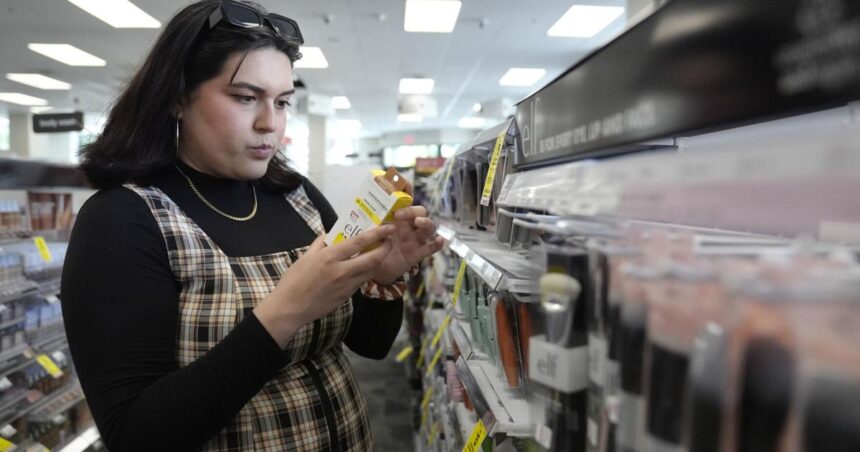NEW YORK — TikTok and its bite-sized videos arrived in the United States as a global version of the Chinese app Douyin. Less than six years later, the social media platform is deeply woven into the fabric of American consumerism, having shortened the shelf life of trends and revamped how people engage with food and fashion.
The popularity of TikTok coupled with its roots in Beijing led Congress, citing national security concerns, to pass a law that would ban the video-sharing app unless its Chinese parent company sells its stake. Both the company, ByteDance, and TikTok have sued on First Amendment grounds.
People are also reading…
But while the platform faces uncertain times, its influence remains undisputed.
Interest in bright pink blush and brown lipstick soared last year, for example, after the cosmetics were featured in TikTok videos with looks labeled as “cold girl” and “latte” makeup. An abundance of clothing fads with quirky names, from “cottagecore” to “coastal grandma,” similarly owe their pervasiveness to Tik





